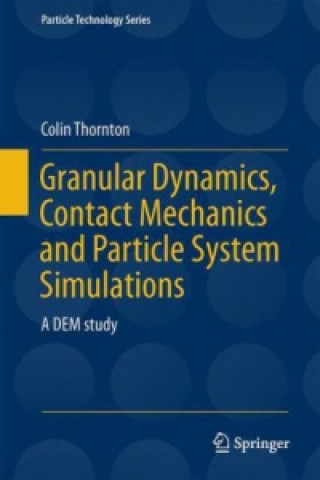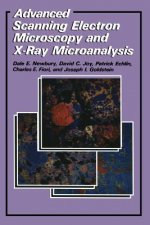
Consegna
Guida all'acquisto





Non ti piace? Non importa! Puoi restituircelo entro 30 giorni
 Buono sconto
Di qualsiasi valore
Buono sconto
Di qualsiasi valore
Non puoi sbagliarti con un buono regalo. Con il buono regalo, il destinatario può scegliere qualsiasi prodotto della nostra offerta.
Granular Dynamics, Contact Mechanics and Particle System Simulations
 Inglese
Inglese
 349 b
349 b
30 giorni per il reso
Potrebbe interessarti anche


This book focuses on the fundamentals of the Discrete Element Method (DEM) technique, a discontinuum modelling approach which takes into account that sands, powders and grains are composed of discrete particles which interact with each other at the microscale. The origins and early applications of DEM are described, followed by an extensive and detailed disquisition of the theoretical background. Subsequently, contact mechanics theories for elastic, elastoplastic, adhesive elastic and adhesive elastoplastic particle-particles interactions are addressed, as well as other contact force models, including corrections to some of these models as described in the published literature, and important areas of further research are identified. An issue in DEM simulations is whether or not a code can reliably simulate the simplest of systems, namely the single particle oblique impact with a wall. This is discussed using the output obtained from the contact force models described earlier, which are compared for elastic and inelastic collisions and, in addition, some data is provided for the impact of adhesive particles. The author moves on to provide the results of selective DEM applications to quasi-static deformation, agglomerate impacts and fluidised beds based on his own work. The DEM technique can be used (i) to mimic experiments (ii) explore parameter sweeps, including limiting values, or (iii) identify new, previously unknown, phenomena at the microscale. Discovering new information that enhances our rational understanding of particle systems is more significant than developing a new continuum model that will encompass all microstructural aspects, but most likely will be too complicated for practical implementation. The main focus of the book is on modelling particle shape, the ability to model partially saturated systems and the need to address industrial sized applications requiring billions of particles.§
Informazioni sul libro
 Inglese
Inglese
Categorie


 Contatto
Contatto Come acquistare
Come acquistare






















